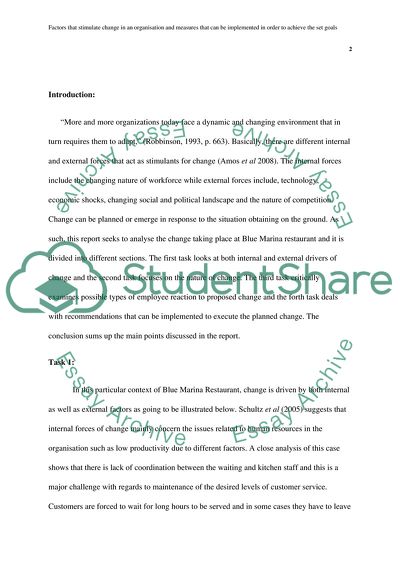Cite this document
(“ORGANISATIONAL CHANGE MANAGEMENT ASISGNMENT Case Study”, n.d.)
Retrieved from https://studentshare.org/miscellaneous/1591484-organisational-change-management-asisgnment
Retrieved from https://studentshare.org/miscellaneous/1591484-organisational-change-management-asisgnment
(ORGANISATIONAL CHANGE MANAGEMENT ASISGNMENT Case Study)
https://studentshare.org/miscellaneous/1591484-organisational-change-management-asisgnment.
https://studentshare.org/miscellaneous/1591484-organisational-change-management-asisgnment.
“ORGANISATIONAL CHANGE MANAGEMENT ASISGNMENT Case Study”, n.d. https://studentshare.org/miscellaneous/1591484-organisational-change-management-asisgnment.


